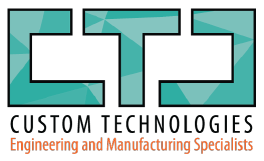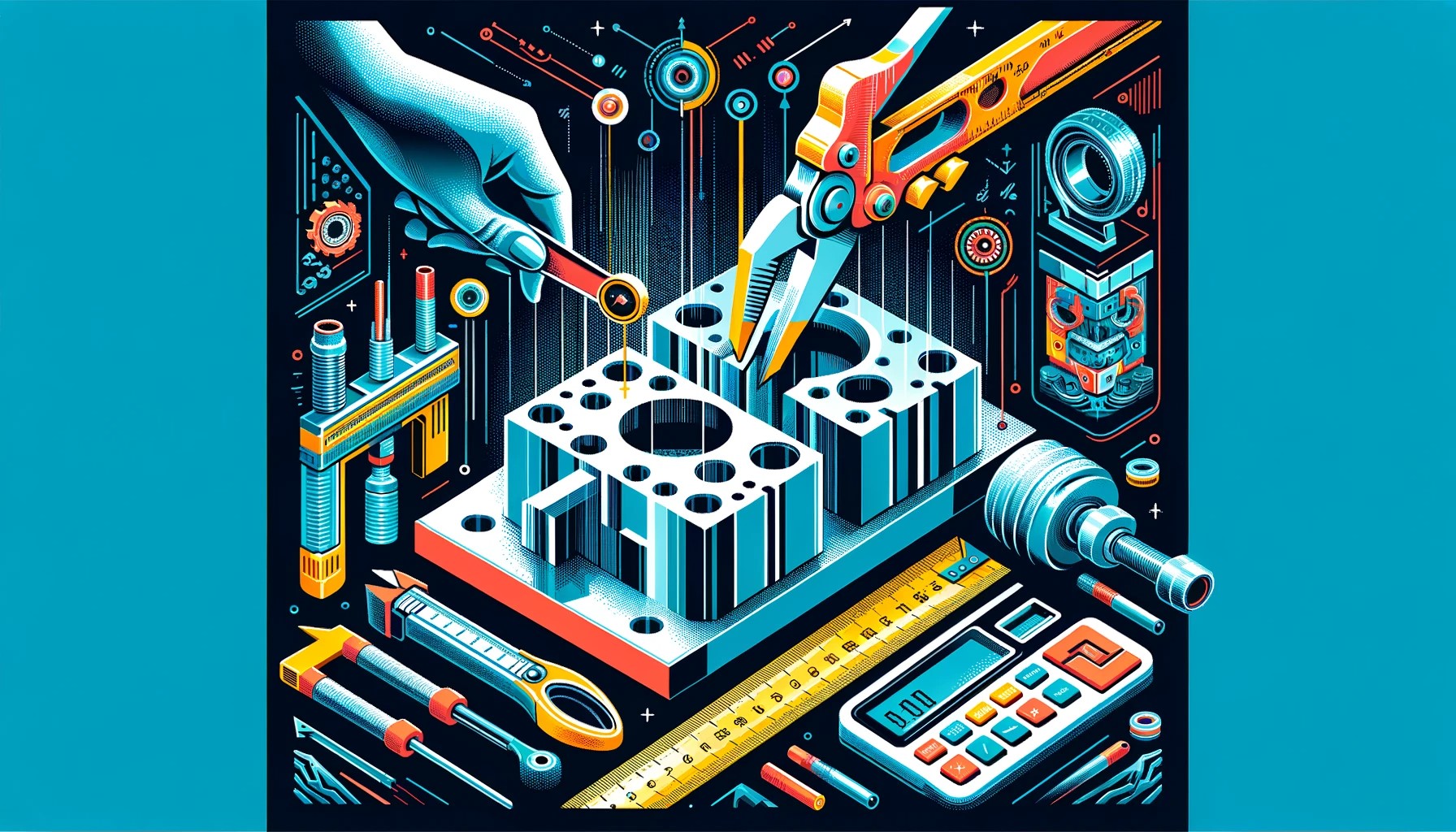Introduction
In the intricate world of mold-making, reverse engineering stands as a beacon of innovation and precision. This process, crucial for replicating and restoring worn molded components, demands a high level of expertise and technical acumen. At Custom Technologies, reverse engineering is more than just a task; it’s an art form where experience, technology, and precision converge to recreate perfection. This article delves into the nuances of reverse engineering molds from worn components, highlighting the challenges and the meticulous approach required to master this craft.
Challenges in Reverse Engineering a Mold
Reverse engineering a mold, especially from a worn molded component, presents several unique challenges. The intricacies of the original mold design can be difficult to decipher, particularly when the only reference is a worn component. Custom Technologies tackles these challenges head-on, employing state-of-the-art equipment and advanced software. However, the true challenge lies not just in the technical aspects, but also in the need for skilled professionals who can interpret and reconstruct the original design accurately.
Hand Measuring vs. 3D Scanning
In some cases, traditional hand measuring methods trump modern 3D scanning in reverse engineering. While 3D scanning offers precision, hand measuring provides a tactile and nuanced understanding of the component, especially useful when dealing with complex or heavily worn parts. Custom Technologies’ experts are adept in both techniques, selecting the one that ensures the highest fidelity to the original design.
Understanding Material Shrinkage
A critical aspect often overlooked in reverse engineering is material shrinkage. Custom Technologies’ expertise in material science comes into play here, ensuring that the final mold compensates for any shrinkage that occurred in the original component. This knowledge is crucial for replicating parts that fit and function as intended.
Deducing Mold Features from Worn Parts
Reverse engineering from a worn part doesn’t always reveal how it was originally made. Custom Technologies leverages its robust history in mold design to deduce where various mold features, such as pulls and vents, need to be placed. This deep understanding ensures successful product replication, even when working from less-than-ideal references.
Custom Technologies’ Approach to Reverse Engineering
At Custom Technologies, reverse engineering is a symphony of advanced technology, seasoned insights, and meticulous attention to detail. The team’s approach combines the latest in 3D scanning and hand measurement techniques with a profound understanding of material properties and mold design. This comprehensive method has led to numerous successful projects, where molds thought irreparable were brought back to life.
Conclusion
The expertise required to reverse engineer a mold from a worn molded component is significant, but it’s a challenge that Custom Technologies meets with confidence and skill. Their approach not only preserves the integrity of the original design but also enhances it for future production. For businesses looking to revive or replicate crucial components, Custom Technologies offers a path to success grounded in precision, experience, and technological mastery.


